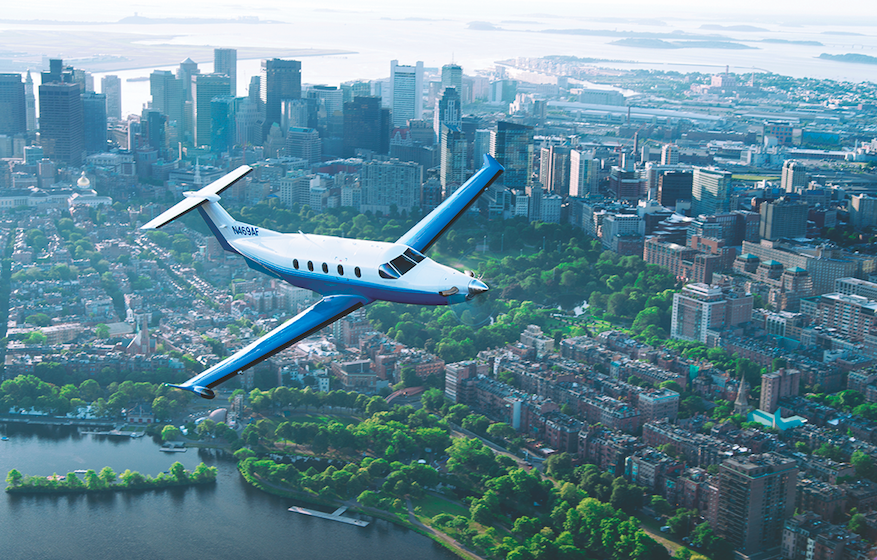
While jet cards maybe hot right now – you can compare over 100 different programs in easy-to-use spreadsheets as a registered user of Private Jet Card Comparisons – the fractional market is still alive and kicking. In addition to NetJets and Flexjet, Nicholas Air and Executive AirShare have built themselves into niche providers. PlaneSense, Inc. at the same time is building its fractional ownership model around the Swiss-made Pilatus PC-12, the staple of fast growing Surf Air and distinctive by the propeller on the nose of the aircraft.
George A. Antoniadis is President and CEO. He was a consultant before creating PlaneSense in 1996. As an airline transport pilot, he frequently flies the company’s PC-12s. He says the recent customer service incidents and travails of flying commercially are boosting PlaneSense. Recently he answered several questions for us.
Can you give us a quick overview?
“Private air travel offers a pleasant alternative to commercial travel. For those who fly over 40 hours a year, fractional ownership may be the best option yet. PlaneSense is one of the oldest fractional companies in the U.S., providing owner access to a large fleet of Pilatus PC-12 and jet aircraft. PlaneSense is the launch customer for the Pilatus PC-24 jet, with expected delivery in late 2017.”
What is the entry level PlaneSense program?
“There is no entry level program to become a PlaneSense fractional owner. Owners purchase the size share that best fits their needs. The smallest share to own in an aircraft is 1/16. The asset acquisition fee is $342,000.”
How many hours and what do you get?
“PlaneSense provides scheduling services, maintenance, and pilots in the fractional ownership program. The hours are based on the share. For example, a 1/16 share provides 50 hours per year and a 1/8 share provides 100 hours per year.”
What is PlaneSense’s service area?
“PlaneSense, Inc. conducted flights in 44 states in 2016, flying more than nine million miles between states such as Minnesota, Missouri, New York, Florida, and Texas, as well as Washington D.C., the Caribbean, Bahamas, Bermuda, and part of Canada.”
Why are you seeing growth?
“(Customers fly on their) own schedule, with the flexibility of a large fractional fleet. (They) schedule travel with as little as eight hours’ notice (and they) access four times as many airports due to the fleet’s ability to land on shorter or remote runways, such as grass, dirt and crushed coral, common at resort airports. Island destinations and remote locations are easier to get to!”
And is the turmoil of commercial flying driving new business?
“There are no TSA lines and the ability to drive your car to the aircraft at many airports. You’ll be a valued member of an aviation family rather than an anonymous flyer. (You) avoid major airport hubs if needed, leaving traffic, crowds, and delays behind. Major weather delays and cancellations are avoided or minimized because (we work) with your schedule to get you to your destination ahead of weather systems that might impact travel.”
Are there any other things you would mention?
“(We offer) exceptional customer service standards and extensively trained pilots (with) superior maintenance and safety standards for the entire fleet. (There are) no blackout dates.”